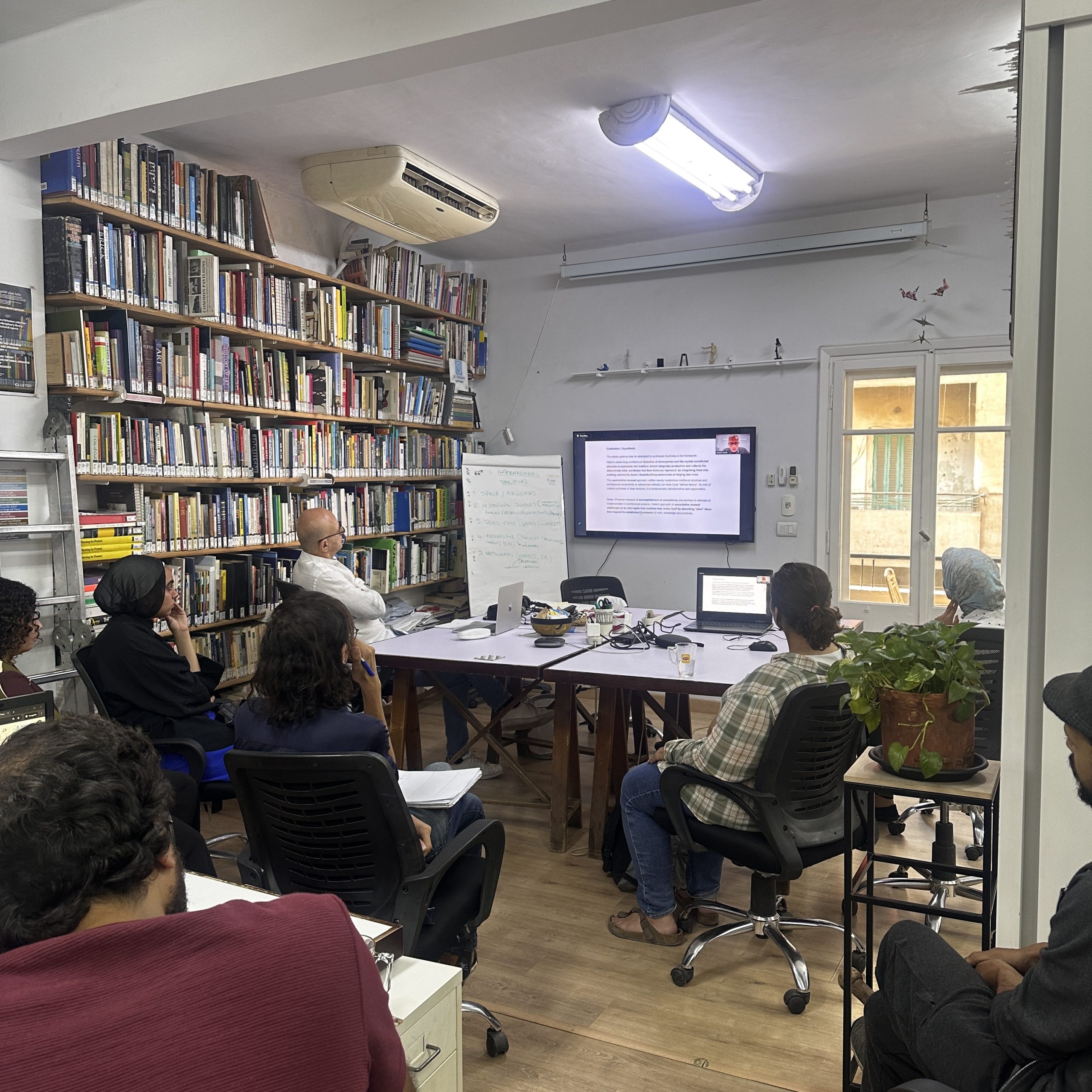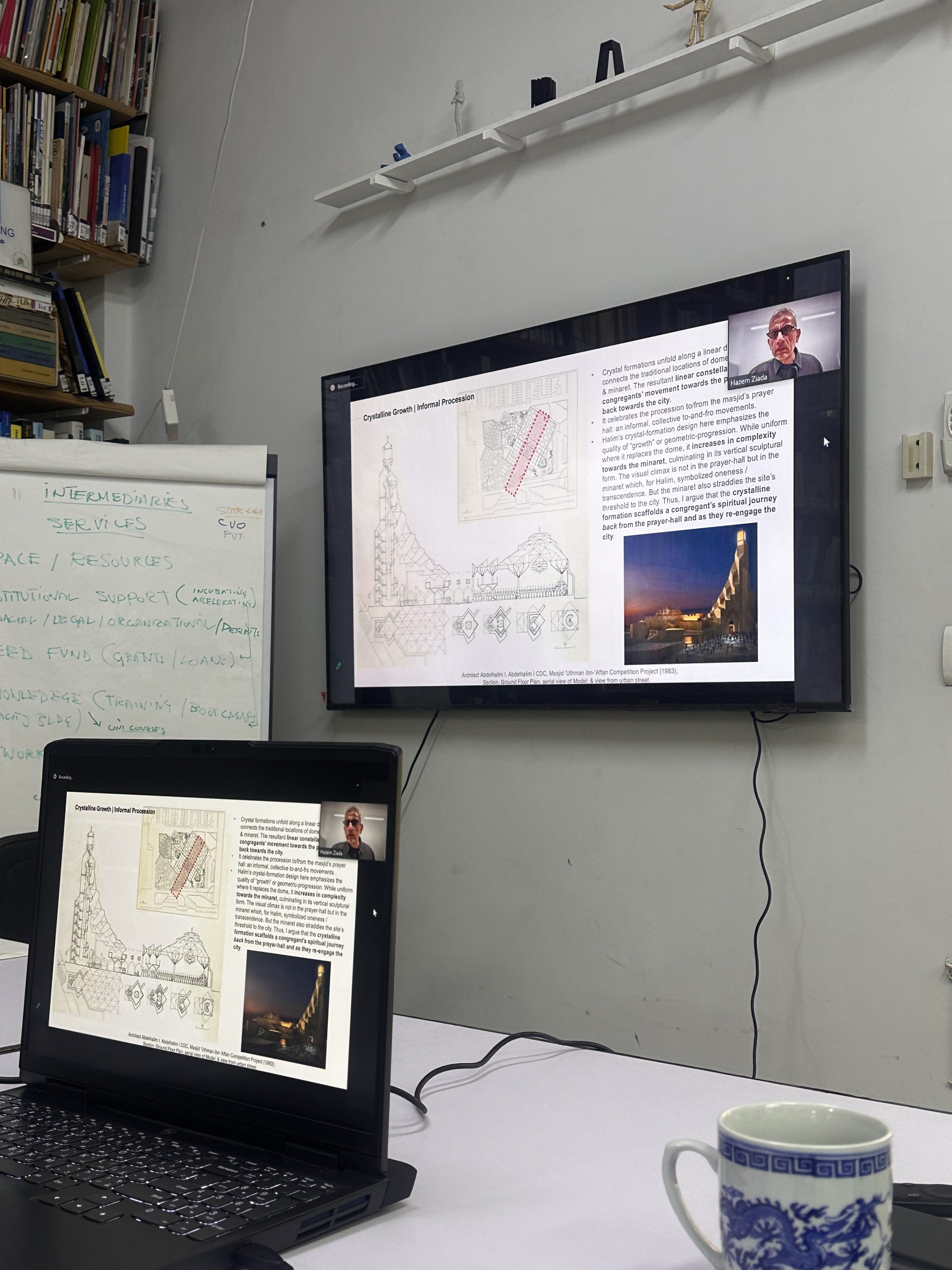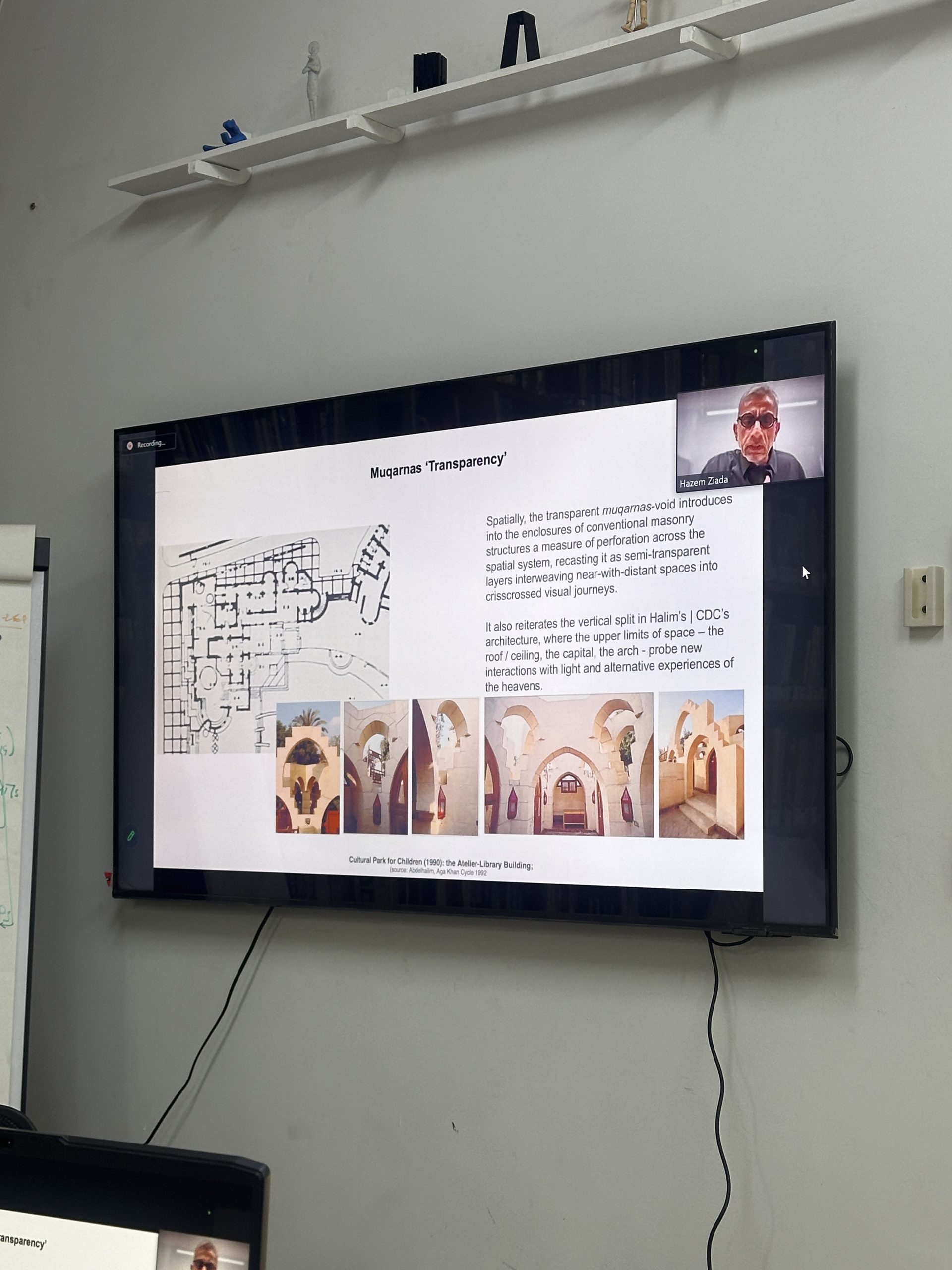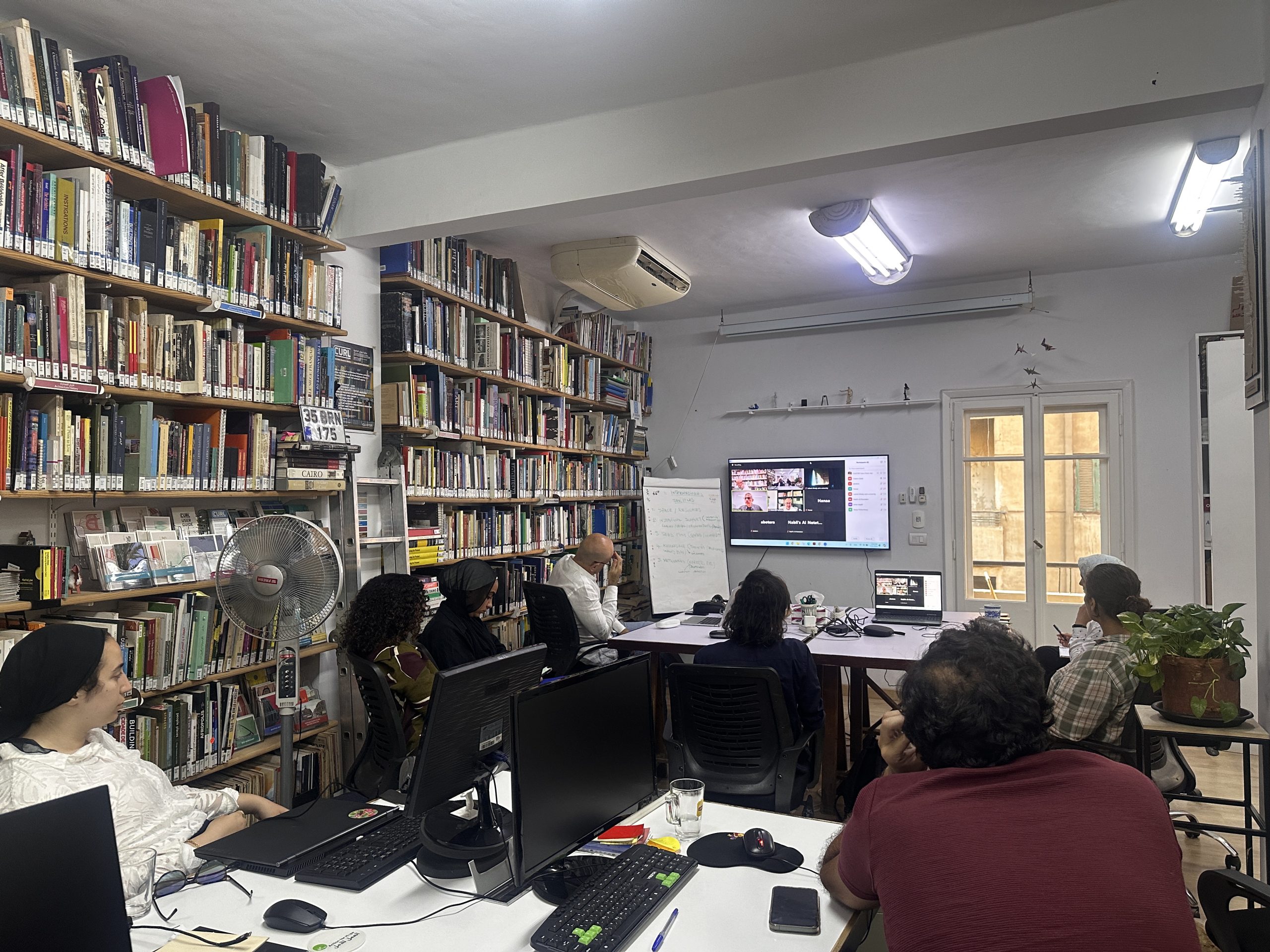The Muqarnas and the Crystal: Halim’s ‘Assimilative Renewal’
Hazem Ziada
Hazem Ziada, PhD (Georgia Tech 2011), who is currently a Senior Lecturer at Manchester School of Architecture (UK), Flux Atelier.
Halim discerned this tension as early as 1983 in his award-winning entry to the Masjid ‘Uthman ibn-‘Affan (al-Doha, Qatar) design competition when he launched a surprising critique of the traditional dome and muqarnas for their inadequate representation of contemporary knowledge. Instead, Halim reshaped the Masjid’s traditional dome, muqarnas and minaret into a linear constellation of forms aggregated from a basic triangular prism, that metaphorically draw on crystallization processes and their progressive formations as emblematic of late twentieth-century sciences. Some nine projects over 30+ years of CDC’s work from the 1980s evidence the creative tensions between tradition and New Science (as Halim called it), or between the muqarnas and the crystal. This article / talk contends that such dialectics constituted attempts to assimilate into tradition the distinctively-other worldview that New Science represents. Whatever measure of accomplishment one ascribes to such attempts, this approach of assimilative renewal challenges us to interrogate how tradition may renew itself by absorbing ideas from beyond its established framework of myth, knowledge and practices. This approach is, I claim, fundamentally transformative and radically regenerative.








